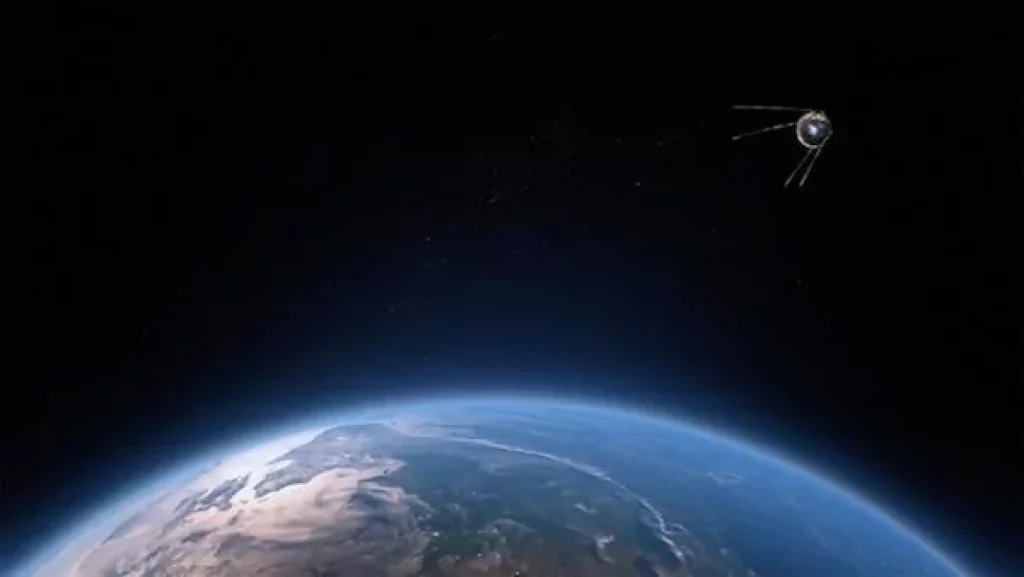For centuries, our eyes have been drawn to the stars. Many of mankind’s greatest scientists have put their minds to the heavens. Since Copernicus’s early discoveries, stargazing has helped better understand the universe.
There is something majestic, serene, and mysterious about space. If you enjoy looking into the night sky, you should learn more about those various bright lights.
Satellites and planets can often be mistaken for stars. If you are an amateur astronomer, read on for tips on identifying what is going on in space. In no time, you will have a trained eye that even Galileo would respect.
Stars
We call it stargazing for a reason. Scientists estimate there are something like one hundred billion stars in the galaxy. It is impossible to identify exactly how many stars are in the Milkyway, but that is a low-end estimate.
This number can be a bit mind-boggling for stargazing hobbyists. Let’s narrow the scope. A good way to start identifying stars is with a constellation map. This map divides the celestial sphere and shows the locations of star clusters.
You probably can spot Orion’s Belt, but there are 87 more constellations to recognize.
As you become proficient with the map, you can use constellations to determine the location of other stars.
Planets
With such a great number of stars lighting the night sky, how can you spot the planets among them? Well, it can be pretty tough. If you are looking with the naked eye, stick with the brightest planets. The easiest planets to see are Mercury, Venus, Mars, Jupiter, and Saturn.
The first thing to do is to find the ecliptic line. This is the path the sun takes throughout the day. Watch where it rises and sets. Now, imagine that same path at night. This path is the ecliptic line which denotes the trajectory of planets.
With that in mind, look for bright spots with colorful hues. Mars is orange. Saturn has a faint yellow glow. Jupiter has a light brown shade.
Certain planets will be visible at different times of the year.
Satellites
Did you see something moving across the night sky? That was more than likely a satellite. A satellite is a smaller object that orbits around something larger. As satellites move around the earth, they reflect light. Satellites will look like stars that glide across the horizon.
The International Space Station is the easiest satellite to spot. It orbits Earth about every 90 minutes.
Sputnik, launched in 1957, was the first man-made satellite launched into orbit. Since then, thousands more have followed suit.
As you start to spot these satellites, you may want an intro to GNSS Simulation. This will help you understand how constellations of satellites work together to collect data. Satellite data is used for such things as transportation, GPS, and military applications.
It is a wonder what you can discover from stargazing.
Look to the Skies
So, now that you know what to look for in space get out there and train your eyes. You’ll be surprised how quickly you will learn to pick out satellites, star formations, and planets.
If you enjoyed reading this, stick around to find more interesting articles.
